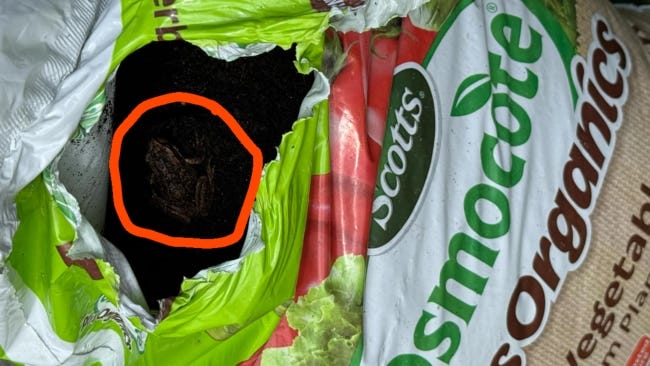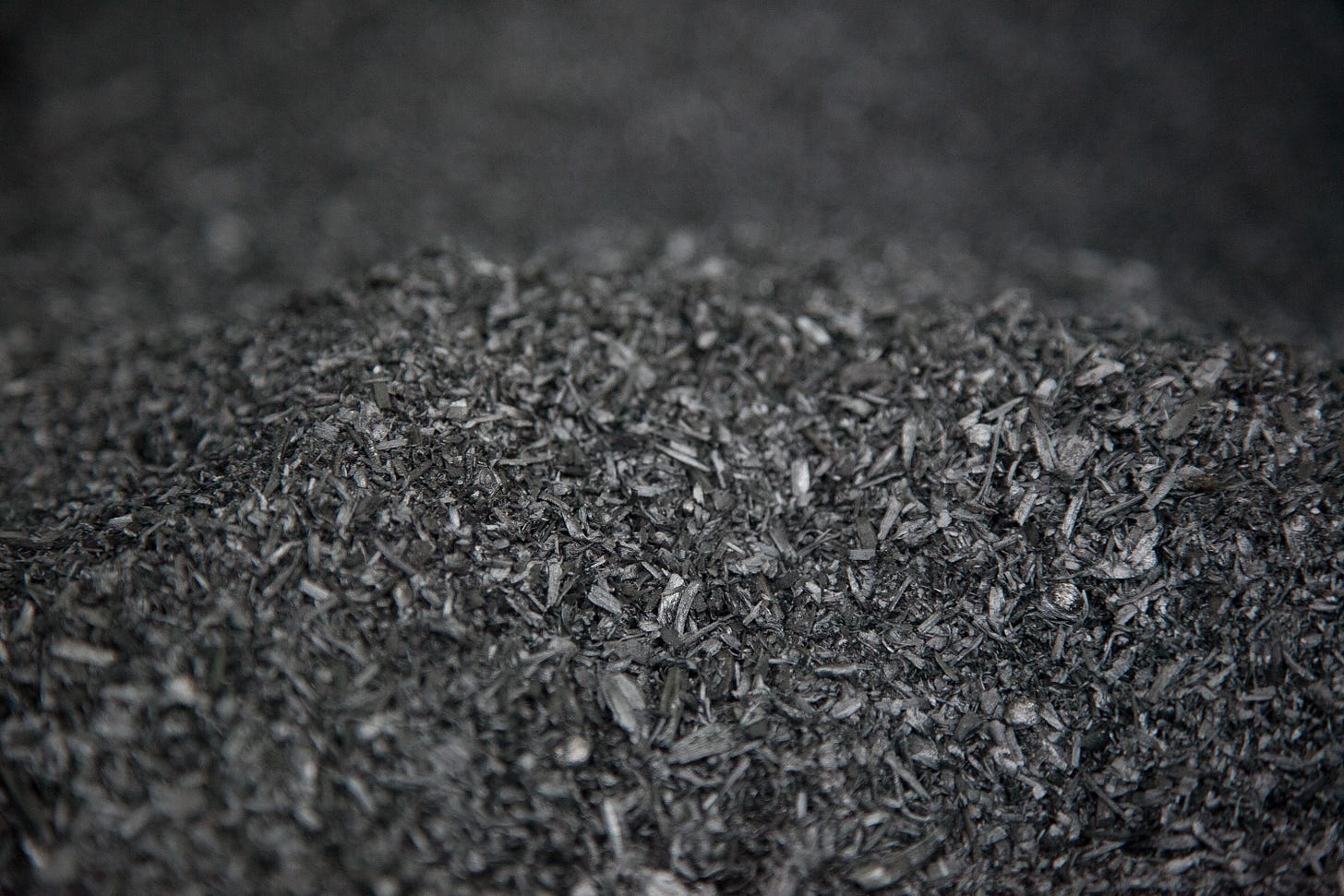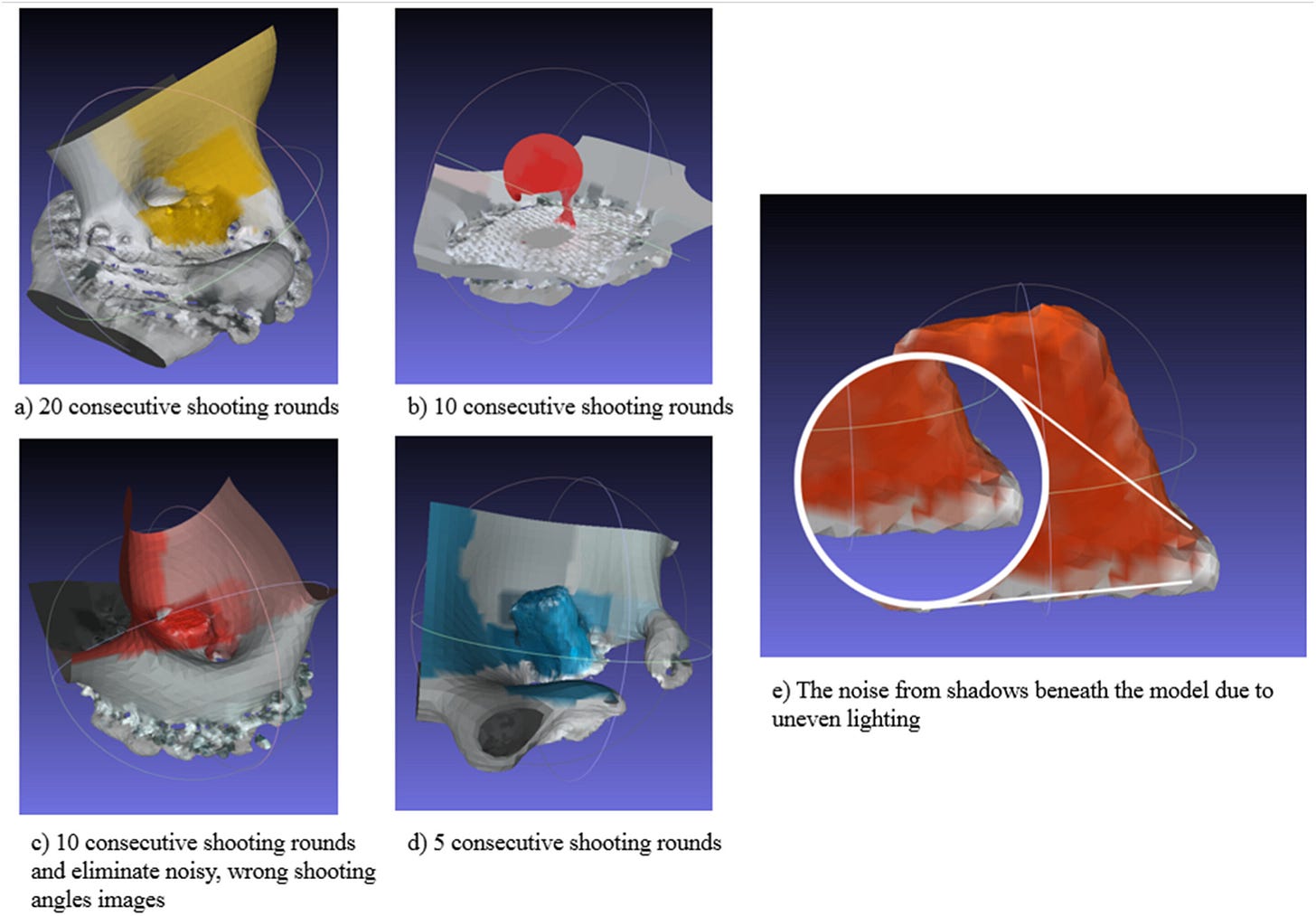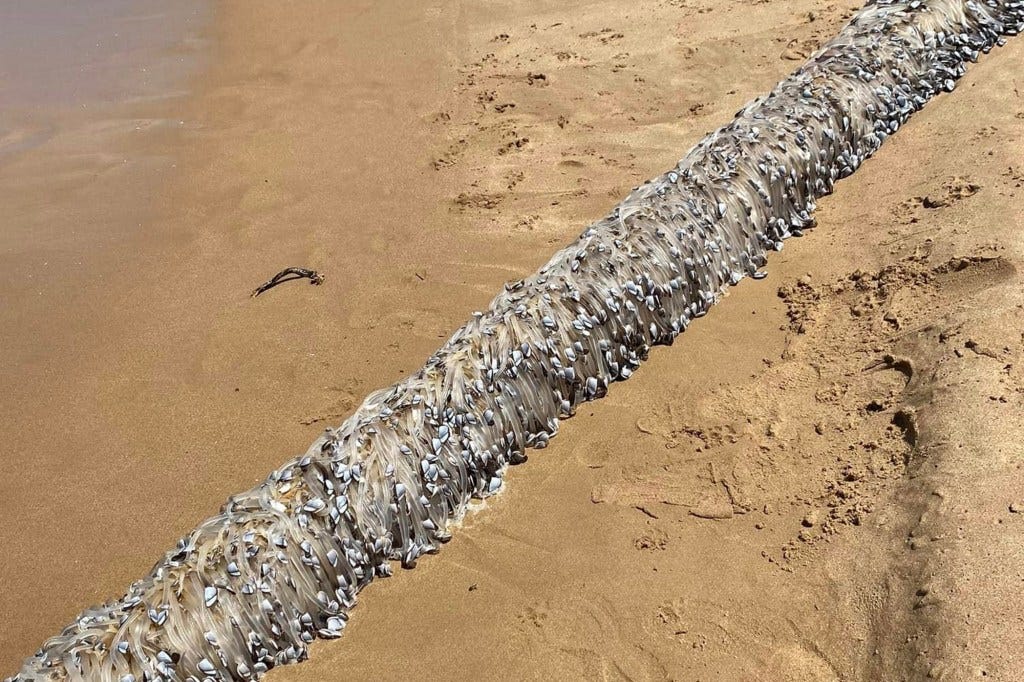Extreme Weekly #8
Tik-tokky, Carbon Construction, AI Overload, Meme' growing up, Crazy Sea Aliens & More
January 22th 2025
We are back for the 8th release of this newsletter, and I want to say thanks to you all who are reading week in and week out and welcome to all the new heads who have joined. Got some odd and interesting topics to discuss today so
let’s get it!
01. The Enduring Impact of TikTok
Despite facing bans and regulatory scrutiny, TikTok's influence on global culture is undeniable. The platform revolutionized how content is created and consumed, breaking down barriers for creators and fostering an unprecedented level of authenticity. Its powerful algorithm democratized virality, allowing everyday individuals to reach millions overnight.
Beyond its addictive "For You Page," TikTok reshaped the music industry by turning obscure tracks into chart-topping hits and revitalizing old classics. It also spawned countless trends in fashion, food, and language—turning niche subcultures into mainstream phenomena.
While TikTok’s future may be uncertain in some regions, its legacy as a cultural powerhouse has already left an indelible mark on internet history. Even without the app, its ripple effects will continue shaping digital interactions for years to come.
Now the app has literally just been the target of a national ban in the USA, being banned on 18th but on the first day of Trumps administration, He has given a 75-day extension to TikTok via an executive order on January 20th, the first day of his term.
02. Revisiting the Iconic 'Side-Eyeing Chloe' Meme
Now, I’m sure you all remember this meme. In 2013, two-year-old Chloe Clem unintentionally became the face of one of the internet's most beloved memes. Captured in a YouTube video, Chloe’s iconic side-eye of disapproval came in response to her mother revealing a surprise trip to Disneyland—overshadowed by her hilariously unimpressed reaction. The moment went viral, immortalizing Chloe in internet history as "Side-Eyeing Chloe."
Fast forward to today, and Chloe is now 14 years old. Reflecting on the unintended fame, her mother, Katie, has spoken about the unique challenges of going viral, particularly when it involves a child. While the meme brought financial benefits—such as funding Chloe’s education—there were mixed emotions about privacy and the long-term implications of public exposure at such a young age.
Interestingly, Chloe herself has embraced her meme fame. She recently expressed gratitude for her role in internet culture and hinted at exploring content creation in the future, this time on her own terms.
The 'Side-Eyeing Chloe' phenomenon also sparked a broader conversation about the ethics of viral fame, especially for minors. It raises questions about the balance between enjoying the benefits of internet stardom and ensuring the well-being of young individuals thrust into the global spotlight.
For the millions who still smile at Chloe’s disapproving glance, her story serves as a poignant reminder of how a single moment can become a defining chapter of internet history.
03. The Internet's AI Overload
Artificial intelligence has ushered in an era of unprecedented content creation, but it’s also causing a serious, serious, serious overload. From AI-written articles to algorithmically generated music and art, the internet is now flooded with machine-made content that’s sometimes indistinguishable from human work.
While tools like ChatGPT, MidJourney, and DALL-E have democratized creative expression, they’ve also sparked concerns about originality and authenticity. Social media platforms and content hubs are grappling with an influx of AI-generated material, raising challenges around curation and intellectual property protection.
This wave of AI content has led to strange ethical dilemmas. Scammers have exploited these tools to spread misinformation, while artists and writers worry about being replaced or even plagiarized by machines. On the flip side, others see AI as a collaborator, empowering humans to push creative boundaries further than ever before. Quite an odd ball.
As the internet becomes saturated with algorithmic creativity, questions loom: How can we maintain a balance between human and AI contributions? The digital world is navigating uncharted waters, where opportunity and challenges walk hand in hand. For now. hm.
04. The Curious Case of the Frog in the Potting Mix
Lol. An Australian shopper who discovered a live frog nestled inside their newly purchased soil. The unusual incident quickly became a viral sensation, sparking curiosity and raising questions about how the amphibian managed to survive such an unexpected journey.
Experts suggest the frog may have been accidentally scooped up during the soil packaging process, likely originating from a wetland or agricultural area. Its survival in the sealed bag speaks to the resilience of amphibians, capable of enduring low-oxygen environments for extended periods.
While the incident delighted many, it also sparked discussions about biosecurity and the potential risks of invasive species. Transporting wildlife intentionally or otherwise can disrupt ecosystems, and incidents like this serve as reminders to inspect goods, especially when dealing with materials sourced from natural environments.
As for the frog, it was safely released back into the wild, leaving behind a story that’s as charming as it is peculiar. For the shopper, their gardening trip turned into an unforgettable encounter with nature's surprises.
05. Buildings as Carbon Sinks, Turning Construction Into Climate Solutions
The construction industry, often criticized for its significant carbon footprint, may soon become a key ally in the fight against climate change. Researchers are exploring innovative materials like biochar and biomass-based plastics that can transform buildings into massive carbon storage units. This approach can potentially revolutionize sustainable architecture and significantly reduce atmospheric CO₂ levels.
Biochar, a charcoal-like substance made from organic waste, is particularly promising. It locks away carbon and enhances soil fertility and water retention when used in agricultural applications. When integrated into building materials like concrete, biochar is a lightweight, durable filler that sequesters carbon for centuries. Similarly, biomass-based plastics from renewable sources like algae or agricultural by-products can replace traditional petroleum-based plastics, reducing emissions.
The implications of these advancements are enormous. Imagine skyscrapers and homes that actively contribute to mitigating climate change, storing more carbon than was emitted during their construction. This concept turns buildings into a part of the solution rather than the problem, paving the way for a greener future.
06. Revolutionizing Robotics, The New 6D Pose Dataset
Researchers have introduced a state-of-the-art 6D pose dataset designed to enhance robotic grasping accuracy significantly. This new dataset combines RGB (color) and depth imaging to help robots accurately understand object positions and orientations.
The challenge in robotic grasping lies in accurately identifying how to pick up objects of various shapes, sizes, and textures, especially in dynamic environments like warehouses or manufacturing lines. Traditional datasets often lacked the complexity needed for robots to handle these tasks reliably. The 6D pose dataset bridges this gap by providing detailed spatial information, allowing robots to determine the exact angle, distance, and position of objects for seamless manipulation.
Industries are already buzzing with excitement about the potential applications. Robots equipped with this advanced dataset can improve efficiency in logistics by sorting and moving packages faster than ever. In healthcare, it could enable surgical robots to handle delicate instruments with higher precision. Even everyday consumer robots may soon use this technology to perform household tasks like loading a dishwasher or setting a table.
Quizzz
Q1: What is the most unexpected ingredient ever used in ancient Roman concrete to make it last for millennia?
Q2: What is the most unexpected ingredient ever used in ancient Roman concrete to make it last for millennia?
Q3: What is the name of the spacecraft currently traveling farther from Earth than any other object ever created by humans?
Q4: Which musician holds the record for the longest-ever music video, clocking in at 24 hours?
07. Mysterious Sea Creatures Wash Ashore in Australia
A beach in Port Elliot, Australia, became the site of an unusual marine spectacle when clusters of goose barnacles, known for their alien-like appearance, washed ashore. These strange creatures, with long fleshy stalks and hard shells, often cling to driftwood or debris in the open ocean, but rarely make landfall in such large numbers.
Locals were intrigued by the sight, with some likening the barnacles to something out of a sci-fi movie. Goose barnacles are filter feeders, extending feathery appendages to capture plankton from seawater. Despite their bizarre look, they play an essential role in ocean ecosystems, helping to clean the water and recycle nutrients.
Interestingly, these creatures are considered a delicacy in countries like Portugal and Spain, where they are known as percebes and harvested from rocky coasts. Their sudden appearance in Port Elliot has sparked fascination and a renewed interest in rare marine life, highlighting the mysteries that still lie within the ocean’s depths.
08. Lab-Grown Foie Gras
A Paris-based start-up, Gourmey, is pioneering the production of lab-grown foie gras, aiming to provide a humane alternative to the traditional delicacy.
By cultivating duck cells in controlled environments, this innovation could soon bring ethically produced foie gras to UK dinner tables, reflecting a significant shift towards sustainable food technologies.
Fire
Lightning strikes the Earth about 8 million times a day.
That’s around 100 strikes per second globally—Mother Nature’s electrifying show never takes a break!There’s a mysterious “Zone of Silence” in Mexico where radios stop working.
Located in the Chihuahua Desert, this bizarre area has been linked to strange phenomena, from meteorite crashes to magnetic anomalies.The world's shortest war lasted only 38 minutes.
It was fought between Britain and the Sultanate of Zanzibar on August 27, 1896. Zanzibar surrendered quickly, making it history’s fastest defeat.Sharks existed before trees.
Sharks have been swimming the oceans for over 400 million years, predating trees by about 50 million years.There’s a planet made of diamond.
Known as 55 Cancri e, this super-Earth exoplanet is thought to have a carbon-rich composition, making a third of its mass pure diamond.
Quiz Answers
Q1 - Volcanic ash
Q2 - Russia
Q3 - Voyager 1
Q4 - Pharrell Williams for "Happy"
yehh buddy







